How you doin’?

June 2018
Download PDF versions: ARTICLE PAGE 1 ARTICLE PAGE 2
WellBeing GROW founder Charles Hunter reveals how fashion retailers are addressing workplace wellness.
WHILE STATISTICS INDICATE that the Australian fashion industry is thriving in the face of challenges, information about the wellbeing of its workforce is harder to find.
One thing is clear though – the fashion world is a fast-paced, highly competitive environment. Fashion brands are moving a lot of pieces – such as predicting trends, sourcing materials, managing staff, working long hours and balancing the books. And while many of the industry’s 220,000 workers relish the excitement of their jobs, it’s also the type of environment perfect for breeding stress, illness and burnout.
Absenteeism now costs the Australian economy more than $33 billion per year, according to a 2015 survey conducted by Direct Health Solutions. Additionally, presenteeism – or working while sick – is estimated to cost over $34 billion, and productivity loss due to inadequate sleep almost $18 billion.
An Australian company that is doing it well is the Cotton On Group. Founded in Geelong by Nigel Austin, himself a healthy-living advocate, the culture of workplace wellness has filtered from the top down.
Given that the business has expanded into 19 countries, with 1500 stores, it is clearly doing something right. e wellness programs available to Cotton On’s 19,000 employees are a vital part of that.
According to Cotton On Group’s health and wellbeing manager Luke McLean, a healthy workplace culture is central to the company’s philosophy. “Wellness plays a huge part in creating [our] culture,” he says. “It’s not just the ROI you get…it’s the culture that wellness brings that gives you the biggest bang for buck.”
Cotton On has introduced a variety of wellness initiatives, such as an on-site osteopath to treat executives after travelling, standing desks, walking meetings and in-store yoga classes at retail outlets. e importance of movement for productivity is the driver behind this. “Getting people walking through the day is what we’re about,” McLean says. “A 15-minute walk will give more productivity back than 15 minutes at your desk.”
While physical health is important, Cotton On hasn’t forgotten the crucial role of mental health either. Given that figures from the Australian Bureau of Statistics show that almost 45% of Australians over the age of 16 will experience a mental health condition, it’s likely many fashion industry workers will be dealing with a mental health challenge at any given time.
Cotton On has recognised the value of helping its workforce reduce stress, have fun, and develop healthy workplace relationships. It encourages a culture of compassion, caring and honest communication, McLean says, with a focus on managing teams’ energy rather than their time. “It’s the quality of what you do, not the time you spend at your desk,” he says. In turn, this fosters worker engagement and energy.
Programs include providing free buses from Melbourne to the Geelong head office, meaning cash saved on fuel and a more relaxed commute as 50% of head staff come from Melbourne each day. They also have an on-site beautician, café and car wash. “If they can get their car washed at work, that frees up an hour on the weekend…and that’s wellness,” McLean says.
While Cotton On wants workers to enjoy weekends, McLean believes that the term “work/life balance” is inaccurate, because work plays such a big part of most people’s lives. “It’s trying to find the right fit between work and life but not trying to find the balance,” McLean says, “because the balance will come when the fit is right.”
To help workers find their fit, Cotton On allows flexible working hours between 7am to 7pm. It has an on-site gym, and provides $40,000 per year of free fruit. It even has “bring your dog to work days”, where staff can bring their furry friend to the office. “the dogs give a great energy. It’s a good talking point,” McLean says.
Ultimately, all these strategies help “energise people to perform at their best.” Cotton On has done a fantastic job of embracing the health pillars of nutrition, community and physical and mental health to achieve this aim.
Whether it’s staff on the factory floor, or workers in head office, the fashion sector has much to gain from wise investment in the wellbeing of its workers. In the United States, Levi Strauss & Co set a standard, announcing in 2016 it would expand its worker well-being initiatives across its entire supply chain to reach more than 300,000 workers worldwide by 2025. Now it’s your turn



Sorry, the comment form is closed at this time.